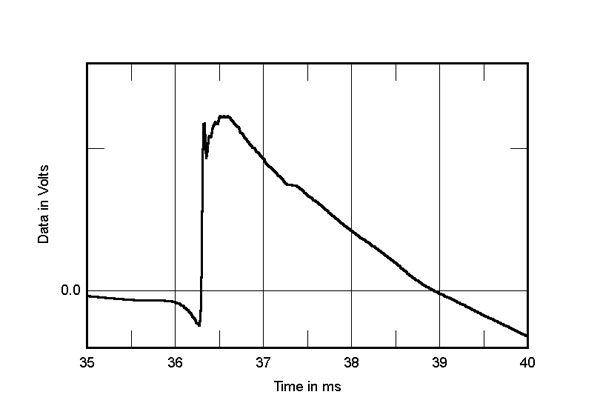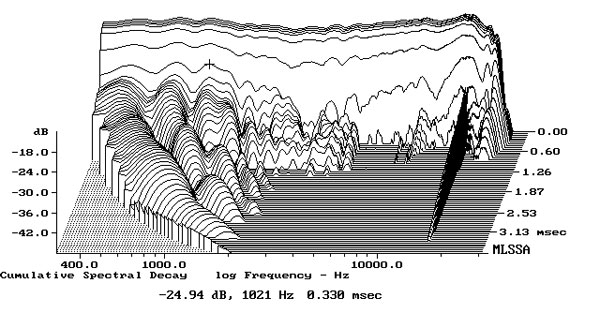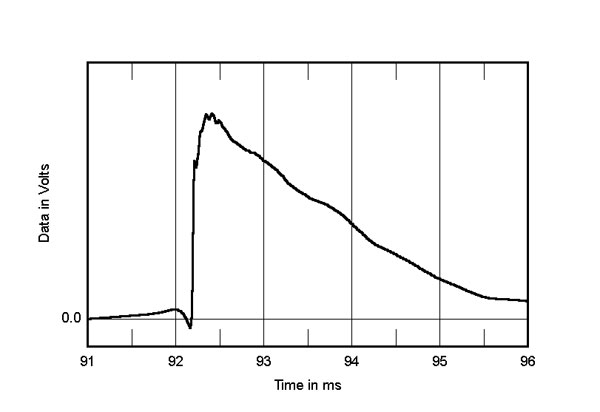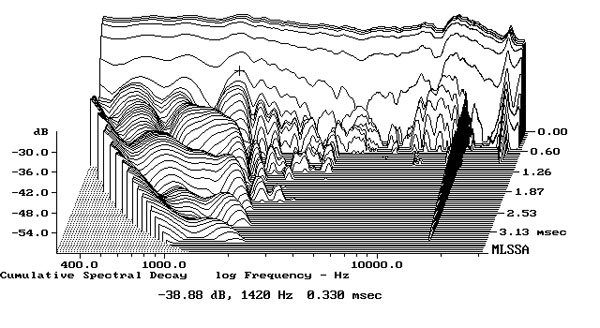Hi all,
I'm glad to find this place because I think measurements are important.
Am I overlooking time domain measurements in the reviews?
For reference, stereophile reviews of the Revel F228Be and B&W 802 D3 reference time domain comments like "tweeter's output arriving at the microphone before the midrange unit's, which in turn arrives before that of the woofers. " and "the output of the tweeter is very slightly too forward in time, which suggests that the B&W's optimal listening axis will be a little below the tweeter axis"
I am wondering if time domain affects perceived stereo imaging and depth.
I realize now there are two parts to my question:
1. Is time domain something that could be added to the measurements in the reviews here? Or explain why it's not important?
2. Maybe in real life sound, when a cymbal crashes, the higher frequencies arrive at the listener first before the other frequencies? So perhaps all sounds arriving at the listener at the same time, from the speaker, is not really a design advantage, and perhaps not even more accurate or realistic?
Any thoughts are appreciated, thank you!
I'm glad to find this place because I think measurements are important.
Am I overlooking time domain measurements in the reviews?
For reference, stereophile reviews of the Revel F228Be and B&W 802 D3 reference time domain comments like "tweeter's output arriving at the microphone before the midrange unit's, which in turn arrives before that of the woofers. " and "the output of the tweeter is very slightly too forward in time, which suggests that the B&W's optimal listening axis will be a little below the tweeter axis"
I am wondering if time domain affects perceived stereo imaging and depth.
I realize now there are two parts to my question:
1. Is time domain something that could be added to the measurements in the reviews here? Or explain why it's not important?
2. Maybe in real life sound, when a cymbal crashes, the higher frequencies arrive at the listener first before the other frequencies? So perhaps all sounds arriving at the listener at the same time, from the speaker, is not really a design advantage, and perhaps not even more accurate or realistic?
Any thoughts are appreciated, thank you!




